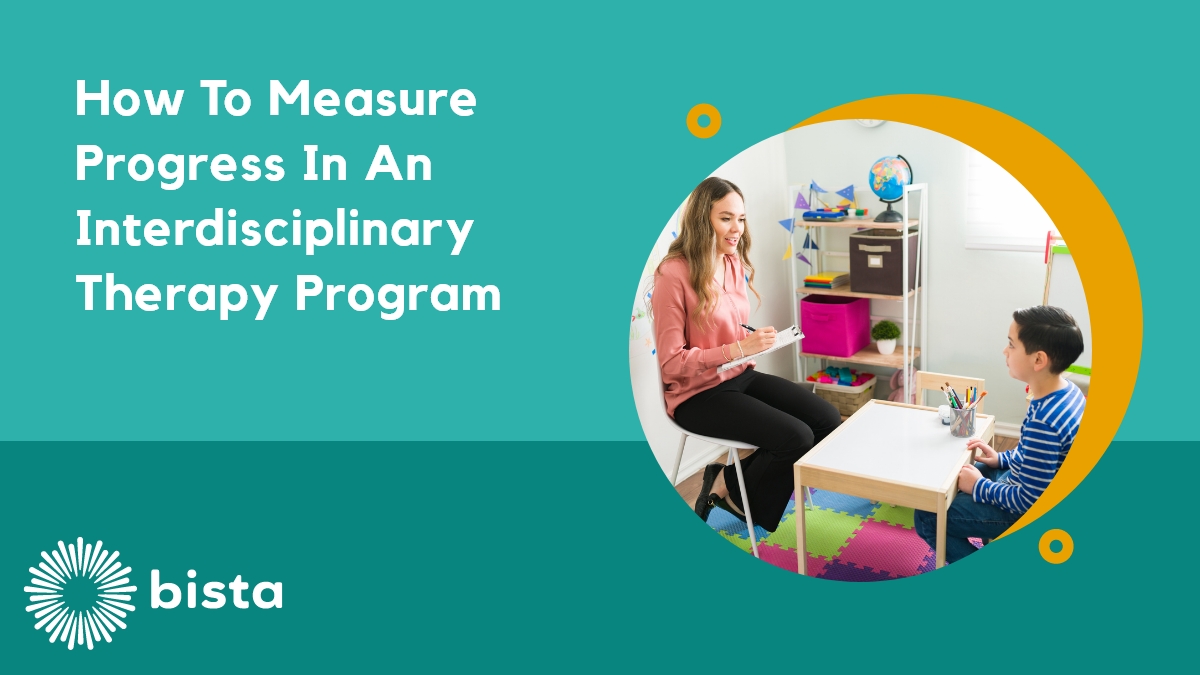Measuring progress in an interdisciplinary therapy program is both an art and a science. These programs, which integrate therapies like Applied Behavior Analysis (ABA), speech therapy, and occupational therapy, offer a holistic approach to helping children reach their developmental goals. However, the complex and interconnected nature of these therapies makes progress tracking a unique challenge. A well-structured measurement system is key to ensuring children achieve the best possible outcomes.
Why Measuring Progress Is Essential
Progress measurement provides insights into the effectiveness of therapy interventions, helps align goals across disciplines, and ensures that children are on track to meet their developmental milestones. It also offers families a clear understanding of their child’s growth, reinforcing their confidence in the therapeutic process.
1. Define Unified Goals
In interdisciplinary therapy, success begins with shared objectives. Each therapy discipline may have specific goals, but they should all feed into a broader, unified vision for the child’s development.
For example:
- A speech therapist might focus on improving verbal communication.
- An ABA therapist could emphasize reducing behaviors that hinder social interactions.
- An occupational therapist may prioritize enhancing fine motor skills for tasks like writing.
Unified Goal Example:
- Improve the child’s ability to communicate effectively at school and home.
2. Use Comprehensive Assessment Tools
Using standardized tools that provide a holistic view of progress across multiple areas of development is vital. Examples include:
- Vineland Adaptive Behavior Scales (VABS): Measures communication, daily living skills, and socialization.
- Functional Communication Measures (FCM): Tracks language and communication abilities.
- Sensory Processing Measure (SPM): Evaluates sensory issues affecting daily life.
These tools offer objective metrics that help quantify progress across disciplines.
3. Create a Shared Progress Monitoring System
A central tracking system ensures that all team members are on the same page. Digital platforms, like shared progress notes or software designed for therapy programs, allow therapists to:
Record updates on goals.
- Note areas of improvement.
- Highlight areas needing adjustment.
Regularly updating the system enables the team to identify trends and patterns in the child’s development.
4. Conduct Regular Team Reviews
Periodic team reviews are critical for evaluating progress. These meetings allow therapists to discuss the child’s performance, align on any adjustments, and share insights from their unique perspectives.
Key discussion points in team reviews include:
- Successes: What strategies have been most effective?
- Challenges: Are there any barriers to progress?
- Adjustments: Do therapy goals need refining?
5. Involve the Family in Progress Measurement
Families play an essential role in tracking progress. They often observe developmental changes in real-life settings that may not be immediately apparent in a therapy session.
Encourage families to:
- Keep a journal of milestones or challenges at home.
- Provide feedback during therapy check-ins.
- Participate in progress review meetings to share their observations.
This collaborative approach ensures progress measurement reflects the child’s experiences across all environments.
6. Evaluate Interdisciplinary Impact:
One of the unique benefits of interdisciplinary therapy is how progress in one area can positively affect others. For instance:
- Improved communication from speech therapy may lead to reduced frustration and fewer behavioral challenges, benefiting ABA goals.
- Enhanced fine motor skills from occupational therapy could enable better participation in group activities, supporting social goals.
By evaluating these interconnected impacts, therapists can gain a deeper understanding of the child’s overall growth.
7. Set Realistic Benchmarks
Progress measurement should reflect meaningful, achievable milestones. Rather than focusing solely on long-term outcomes, therapists should break down goals into smaller, measurable steps. For example:
- Long-term goal: Improve verbal communication.
- Short-term benchmarks: Use 3-5 new words weekly in therapy sessions and at home.
These smaller steps help maintain motivation for both the child and their family.
8. Celebrate Successes
Recognizing progress, no matter how small, is crucial. Celebrating successes builds confidence in the child, reinforces their efforts, and encourages continued participation in therapy.
Ways to celebrate include:
- Sharing milestone achievements with the family.
- Offering positive reinforcement during therapy sessions.
- Highlighting progress during team meetings to keep everyone motivated.
Conclusion
Measuring progress in an interdisciplinary therapy program requires collaboration, consistency, and a clear plan. By setting unified goals, leveraging assessment tools, and involving families, therapists can ensure every child’s growth is accurately tracked and celebrated.
At BISTA Center, we are dedicated to providing integrated, evidence-based therapy programs that help children thrive. Contact us today to learn more about how we measure success and support your child’s unique journey.



